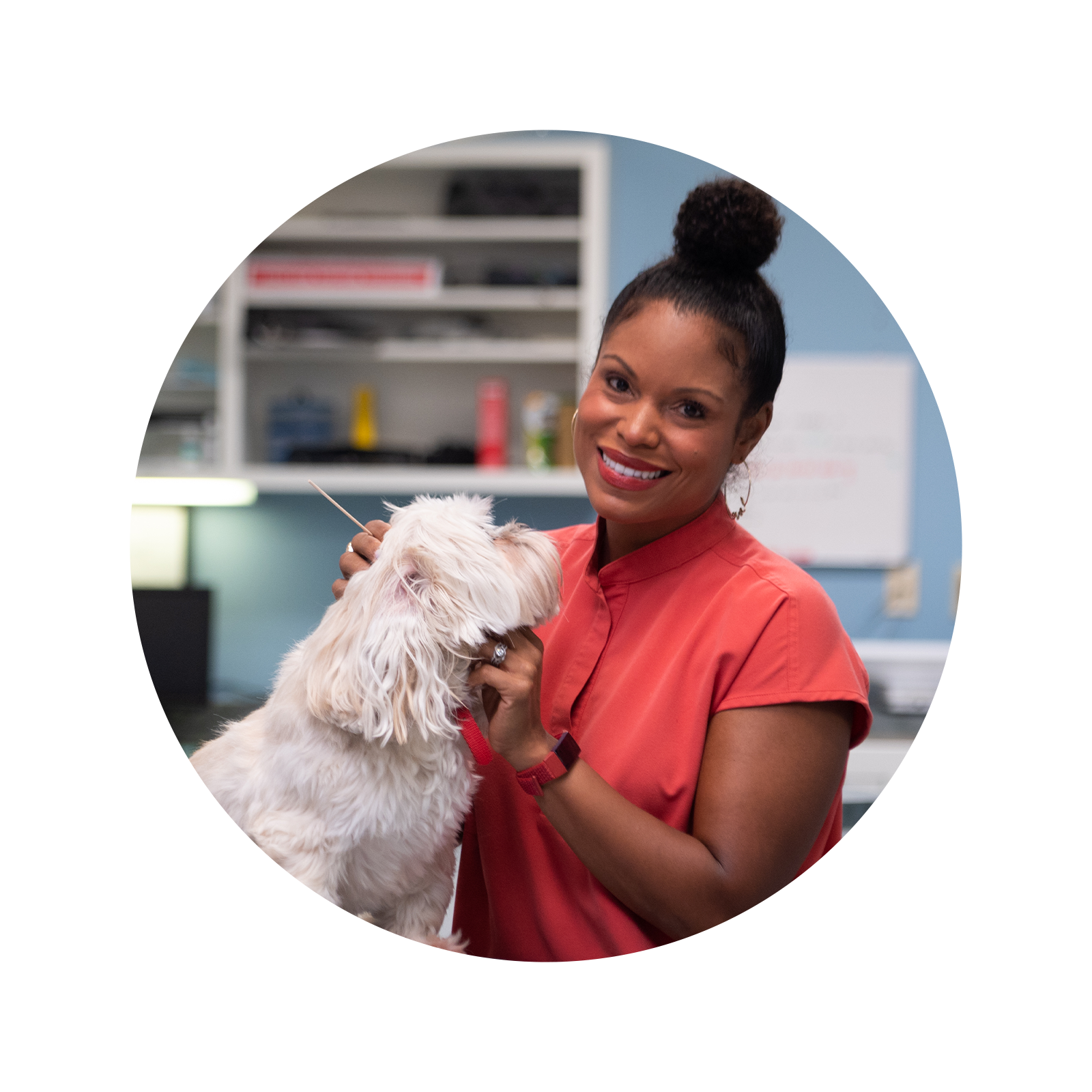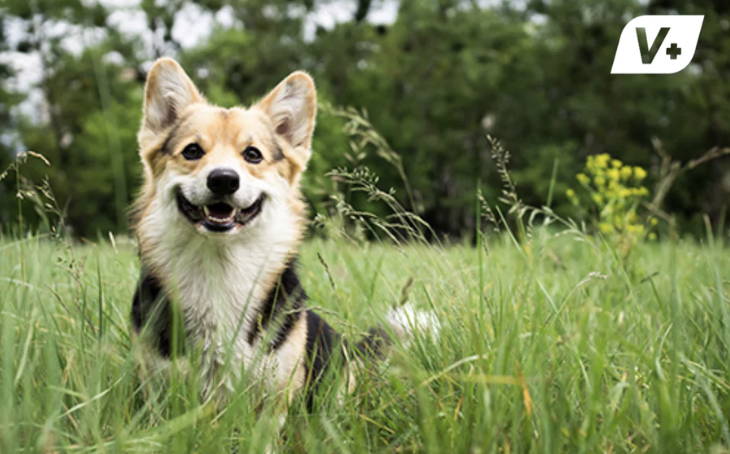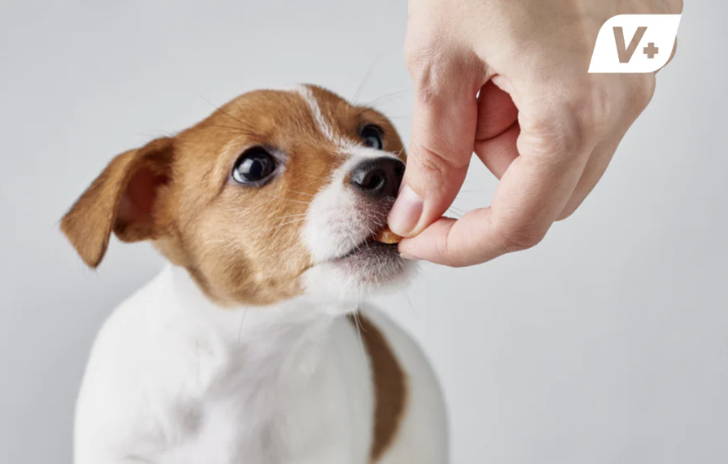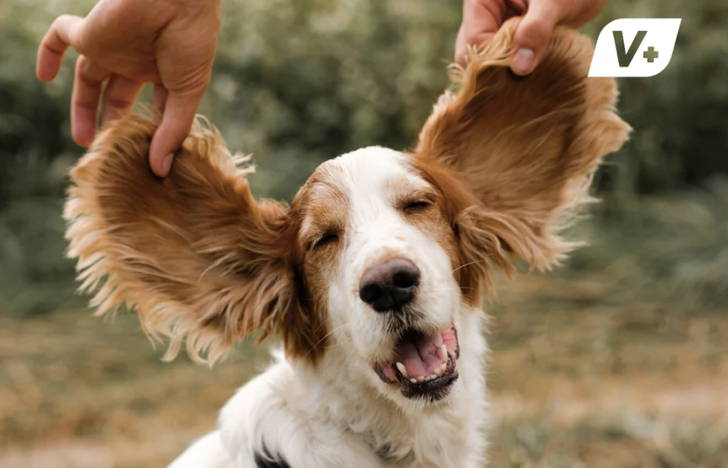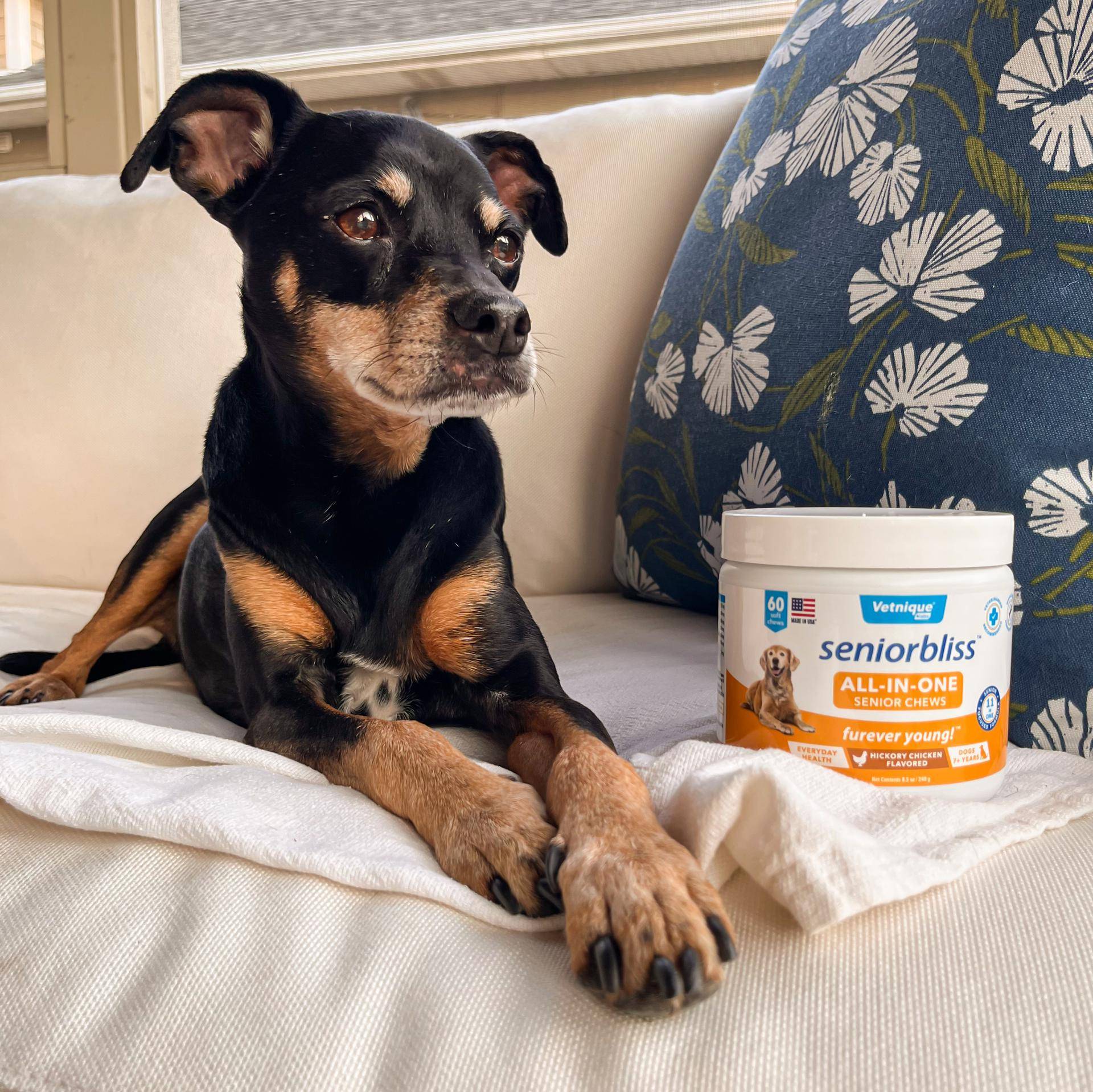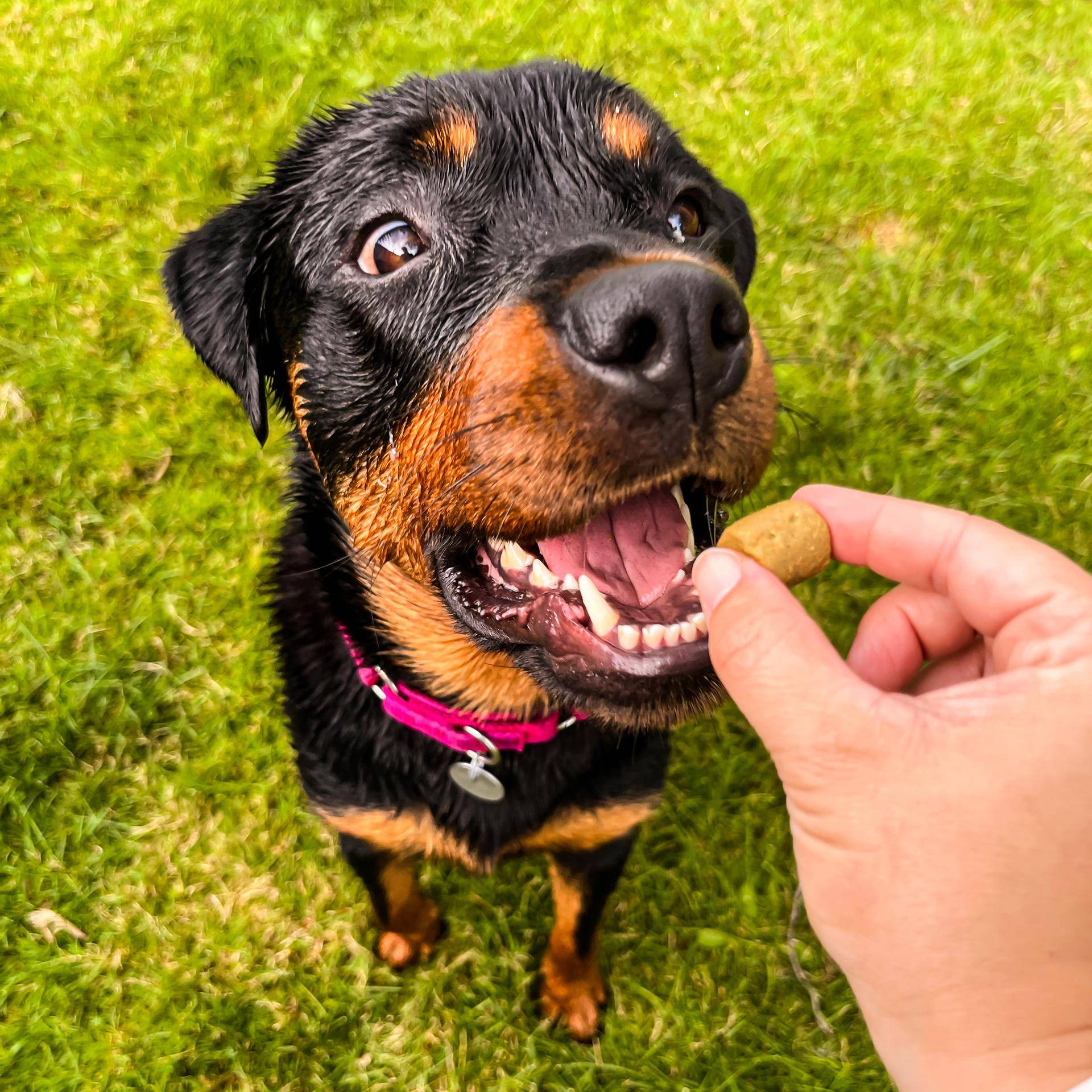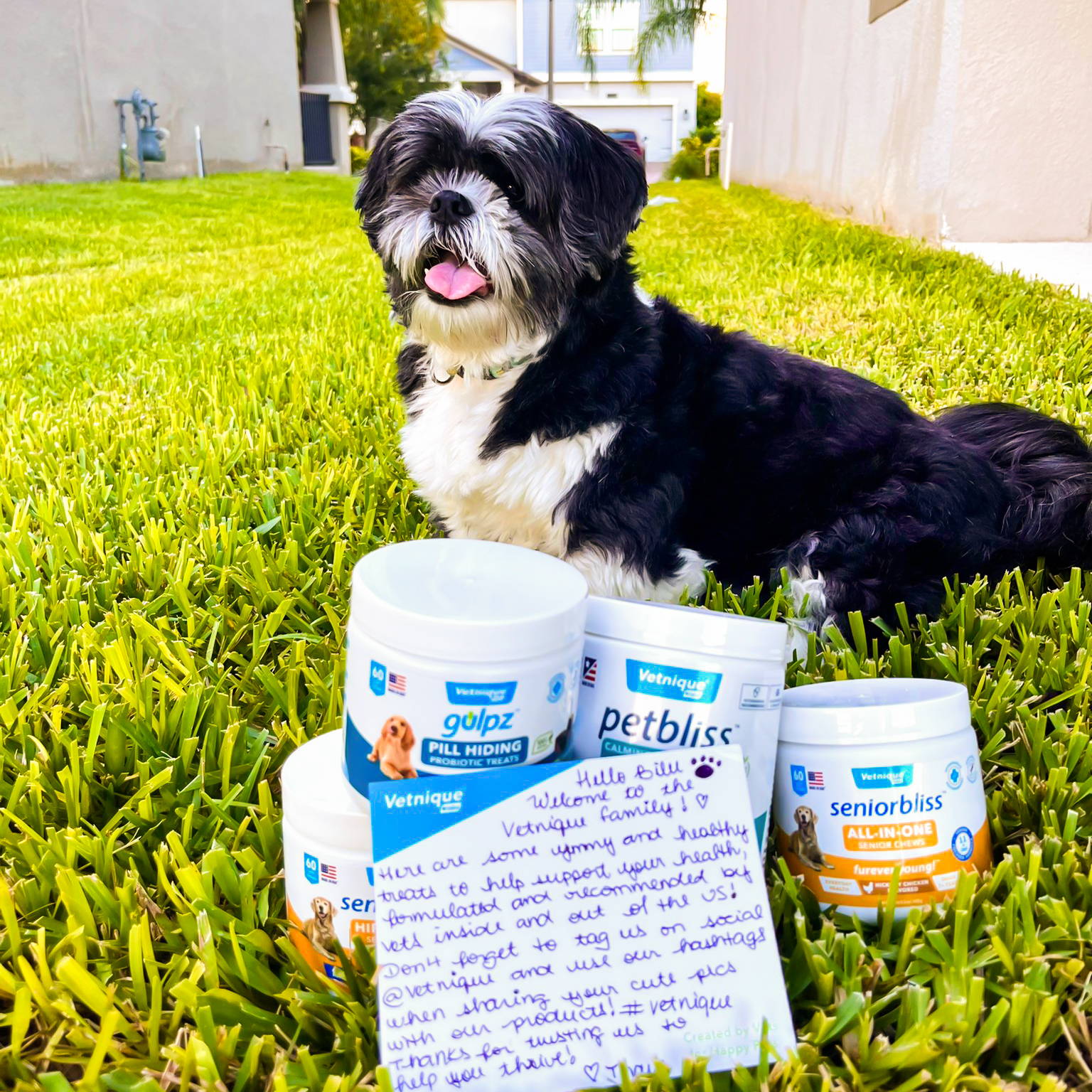Know the Signs: Skin Cancer in Dogs
Jump to Section

Skin cancer in dogs? That's a scary idea for any pet parent! Since our dogs are beloved members of the family, we have to be aware of the potential health risks our furry friends might face.
Can dogs get skin cancer? What types of skin cancer affect dogs? What are the risk factors involved? We’ll answer your most-asked questions, and cover the importance of early detection and prevention.
Can dogs get skin cancer?
Squamous cell carcinoma –– cancer that forms in the cells of the epidermis (i.e., the outer layer of skin)
Round cell tumors –– tumors that form subcutaneously (under the skin) but can change the appearance of skin
Blood vessel tumors –– tumors that form in the cells that make blood vessels or lymph nodes
Melanoma in dogs –– tumors affecting the cells that pigment the skin, called melanocytes
All pet parents should be aware of the causes of skin cancer, risk factors involved, and what to watch out for to ensure early detection and appropriate treatment. Some cysts, skin tags, and tumors can start off as benign (non-cancerous) but become precancerous or malignant (cancerous) if left untreated.

Causes of skin cancer in dogs
Excessive sun exposure
Our dogs might love lounging in the sun, but beware that prolonged exposure to harmful UV rays can damage a dog's skin cells, increasing the risk of skin cancer. Dogs with light-colored fur or areas of thin fur are at higher risk for skin cancer from sun exposure.
Genetic predisposition
Age and immune system
Skin cancer prevention in dogs
It should come as no surprise that prevention plays the biggest part in reducing the risk of skin cancer in dogs. Just a few simple lifestyle changes–and habits on your part–can help reduce your pet’s risk of developing skin cancer.
Limit sun exposure
Find shade
Get checked
What does skin cancer look like on a dog?
Spots or bumps that rapidly grow
Color changes
Unusually shaped or irregular masses
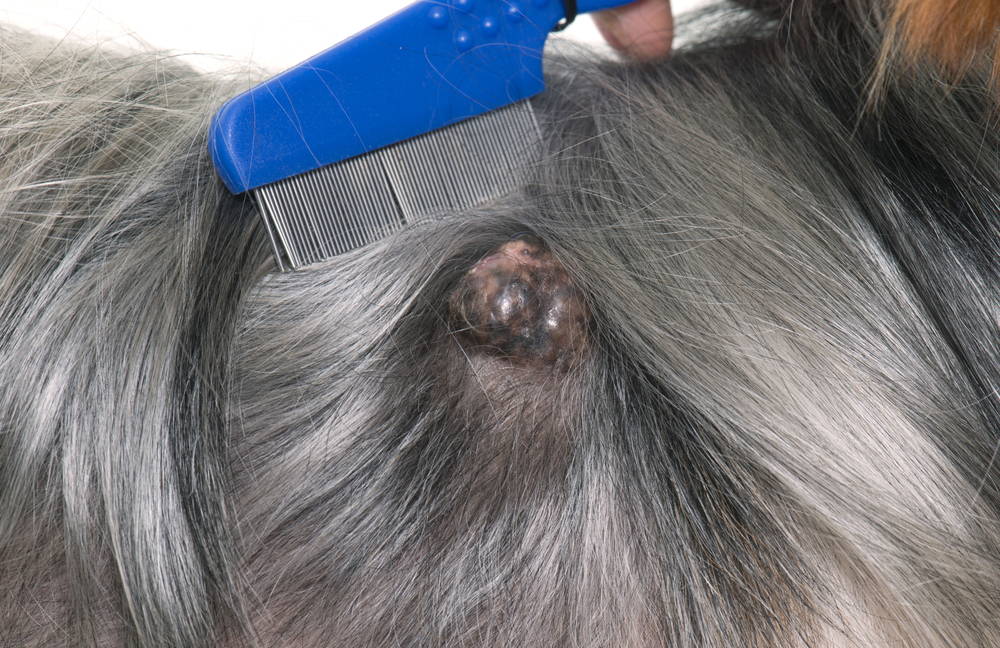
How dog skin cancer pictures can help
Identification and awareness
Prompt veterinary attention
Monitoring progress and treatment
When to contact your veterinarian
If there's a black mole on your dog
If a skin tag turned black on your dog's skin
If your dog has unusual growths or sores
If you suspect that your pet has a medical concern, you should consult with your veterinary health care provider or seek other professional medical treatment immediately. Never disregard professional medical advice or delay in seeking it because of something that you have read on this blog, website, or in any linked materials.
Join the Pack!
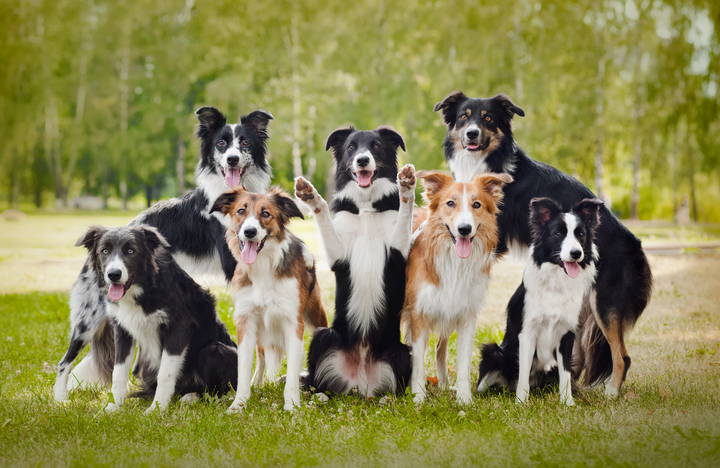
Sign up for exclusive deals, curated pet tips from veterinarians, and product launches!
Pet Parents are Also Reading...
October, 2022
Related Articles
